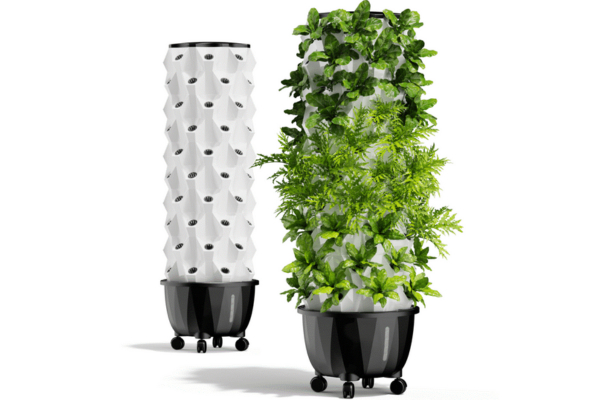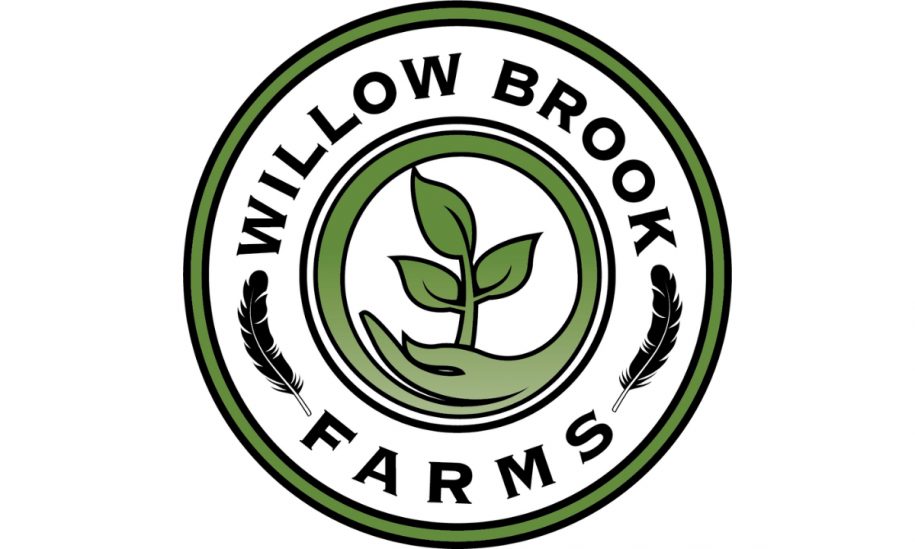Canada, AB, September 17th, 2025, FinanceWire
A new review of vertical farming towers highlights how design innovations and system planning can influence financial outcomes. Increasingly explored in urban corporate campuses and institutional facilities, vertical farming towers are recognized for their potential to maximize yields in limited spaces. However, challenges such as upfront capital requirements and energy demands continue to shape discussions around their economic viability. The analysis emphasizes that understanding these cost dynamics is an essential step toward more informed decision-making.

The Double-Edged Sword of Infrastructure Investment in Vertical Farming
Vertical farming towers require significantly higher capital investment compared to traditional soil-based farming or basic hydroponic systems. The need for structural materials, programmable LED grow lights, environmental control systems, and integrated automation substantially increases upfront costs, particularly when organizations transition from pilot projects to full-scale operations.
Capital efficiency can be enhanced through modular tower systems designed with built-in climate control, nutrient delivery, and smart monitoring features within compact structures. Well-engineered vertical farming systems can contribute to reducing labor requirements, minimizing water use, and lowering long-term operating costs, which may help offset initial infrastructure expenditures over time.
Energy Usage as a Key Factor in Return on Investment for Vertical Farming
Energy demand is one of the primary considerations in vertical farming operations. Lighting, HVAC, and dehumidification systems often operate continuously to maintain optimal growing conditions. Depending on energy prices in a given region and the specific system design, these requirements can have a significant impact on operating margins.
Recent advances in LED efficiency, heat recovery systems, and intelligent controls are addressing some of these challenges. Evaluating vertical farming infrastructure through the lens of total cost of ownership—rather than upfront cost alone—provides a more accurate assessment of long-term value. In certain contexts, vertically stacked systems equipped with high-efficiency lighting and automated climate management have the potential to reduce operating costs per crop cycle compared to flat hydroponic setups, particularly when integrated into foodservice or wellness programs in corporate environments.
Design Strategies to Reduce Costs While Maintaining Performance
Design considerations play a significant role in the overall efficiency of vertical farming systems. Modular tower structures with built-in maintenance access can help reduce labor requirements and minimize downtime. Closed-loop irrigation systems can further lower water and nutrient consumption. When combined with real-time monitoring, these features may reduce the risk of losses caused by equipment failure or human error.
Selecting vendors that provide detailed design consultation and post-installation support can be critical to achieving operational efficiency. Tailored tower layouts, rather than generic designs, often deliver better results. Factors such as load-bearing placement, HVAC routing, and lighting overlap should be evaluated carefully during the planning phase.
Strategic Planning Versus Opportunistic Deployment
Many vertical farming initiatives encounter challenges when projects are launched without a comprehensive operational strategy. Establishing a clear model that incorporates energy use assessments, space allocation, staffing requirements, and production forecasts can help mitigate financial risks over time.
Vertical farming towers can be applied across various contexts, including on-site food production, STEM education, and sustainability programs. Their long-term effectiveness depends on how well they are planned, integrated, and optimized within broader organizational goals.
Additional Resources
Users can explore more about commercial hydroponic systems and how they compare in efficiency, scalability, and energy consumption.
About
Willow Brook Farms is taking a closer look at the opportunities and challenges of vertical farming towers, particularly as rising energy costs and significant upfront investments pose hurdles for growers. This article highlights how the farm is addressing these issues while exploring innovative solutions to make vertical farming more sustainable and cost-effective.

